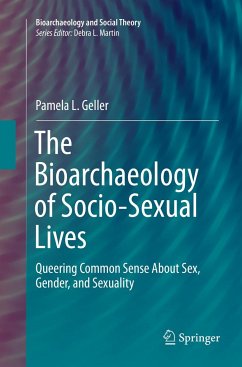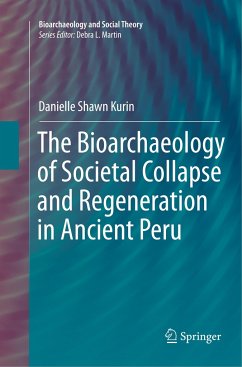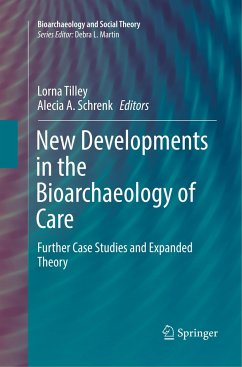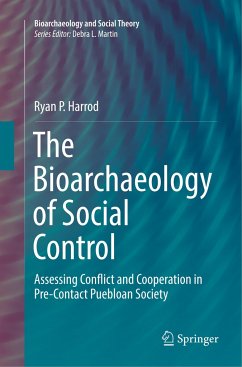
The Bioarchaeology of Structural Violence
A Theoretical Framework for Industrial Era Inequality
Herausgegeben: Tremblay, Lori A.; Reedy, Sarah

PAYBACK Punkte
49 °P sammeln!
This volume is a resource for bioarchaeologists interested in using a structural violence framework to better understand and contextualize the lived experiences of past populations. One of the most important elements of bioarchaeological research is the study of health disparities in past populations.This book offers an analysis of such work, but with the benefit of an overarching theoretical framework. It examines the theoretical framework used by scholars in cultural and medical anthropology to explore how social, political, and/or socioeconomic structures and institutions create inequalitie...
This volume is a resource for bioarchaeologists interested in using a structural violence framework to better understand and contextualize the lived experiences of past populations. One of the most important elements of bioarchaeological research is the study of health disparities in past populations.
This book offers an analysis of such work, but with the benefit of an overarching theoretical framework. It examines the theoretical framework used by scholars in cultural and medical anthropology to explore how social, political, and/or socioeconomic structures and institutions create inequalities resulting in health disparities for the most vulnerable or marginalized segments of contemporary populations. It then takes this framework and shows how it can allow researchers in bioarchaeology to interpret such socio-cultural factors through analyzing human skeletal remains of past populations. The book discusses the framework and its applications based on two main themes:the structural violence of gender inequality and the structural violence of social and socioeconomic inequalities.
This book offers an analysis of such work, but with the benefit of an overarching theoretical framework. It examines the theoretical framework used by scholars in cultural and medical anthropology to explore how social, political, and/or socioeconomic structures and institutions create inequalities resulting in health disparities for the most vulnerable or marginalized segments of contemporary populations. It then takes this framework and shows how it can allow researchers in bioarchaeology to interpret such socio-cultural factors through analyzing human skeletal remains of past populations. The book discusses the framework and its applications based on two main themes:the structural violence of gender inequality and the structural violence of social and socioeconomic inequalities.












